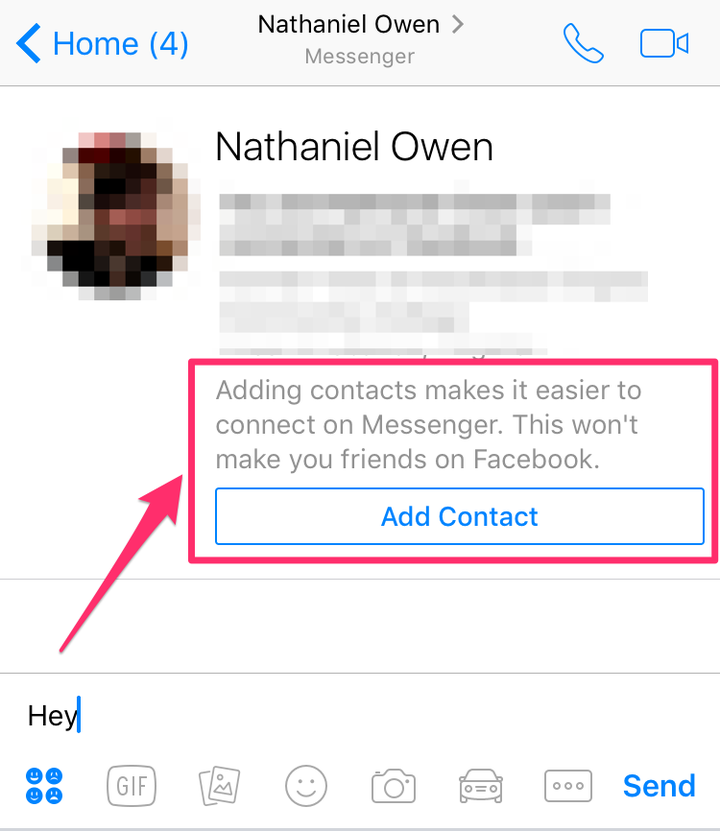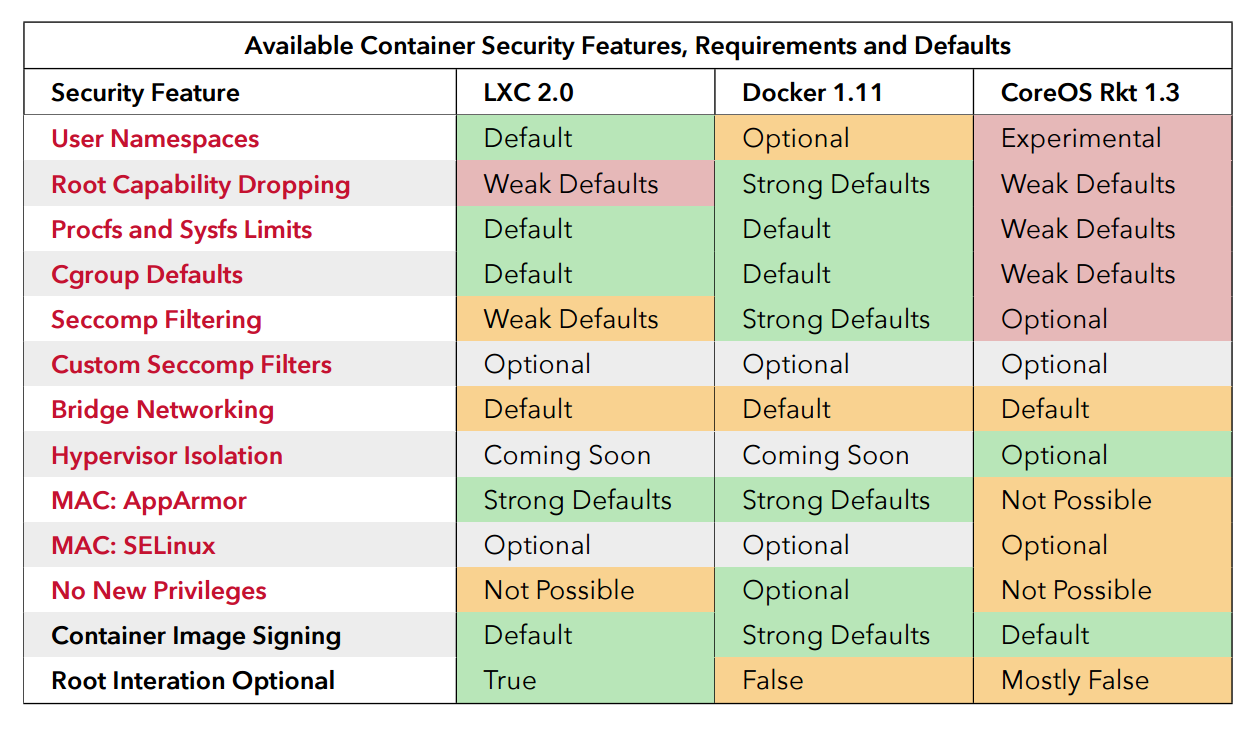
The Tor Project, Inc.
When Shari Steele joined the Tor Project as executive director last December, she thought the job would resemble the start of her previous stint as the executive director of the digital civil liberties group Electronic Frontier Foundation: getting down to the hard work of turning a scrappy online privacy group with a reputation for chaos into a mature organization.
“I expected there were operational things I’d have to clean up,” Steele said. “Setting up bank accounts, and making sure contractors are treated properly, that kind of thing.”
Instead, the first eight months of Steele’s tenure have been defined by a scandal that has rocked the Tor Project, the nonprofit organization that administers and promotes Tor, the widely used and controversial software that conceals the online identity and location of its users. In June, anonymous accounts appeared online alleging that Jacob Appelbaum, a prominent developer and activist who was the Tor Project’s best-known member, had sexually assaulted several women.
In the two months after the allegations, Appelbaum resigned and the Tor Project replaced its entire board, following a BuzzFeed News report that it had known of allegations against Appelbaum for more than a year before they became public (and well before Steele came on). Last month, the group announced that a seven-week private investigation had confirmed the allegations. (Appelbaum, who lives in Berlin, has not been charged with any crime.)
Now, as Steele tries to pivot the organization past the scandal and toward the restructuring she was brought on to do, she faces the awkward task of handling a group of Tor community members and associates who are angry about the way she dealt with Appelbaum’s exit and its aftermath, some of whom are actively hostile toward the people she has empowered to make the organization more welcoming to women.
Last week, Marie Gutbub, a Tor Project core member and a former romantic partner of Appelbaum’s, announced she was quitting Tor in an email in which she accused Steele of “purging” those within the Tor community who signed an open letter in support of Appelbaum — and claimed to speak for many others.
“I know that there are others in the community who feel like something is not right about this,” she wrote. “And I assume that they only haven't spoken up because they are afraid.”
David W. Robinson, a Tor volunteer who gained fame in the community when police raided the Seattle home where he ran a Tor exit relay, published a letter last week calling the Appelbaum allegations “character assassination … with management’s collusion.” And over the weekend, an anonymous post appeared calling for a 24-hour boycott of Tor and demanding Steele’s resignation. (And add to all this a throng of anonymous Twitter commenters.)
The proposed boycott has been widely criticized, even by Robinson and Gutbub, as counterproductive and potentially harmful to people who rely on Tor to communicate safely. But as these loud and angry voices have made clear, the Appelbaum scandal has revealed fissures within the broader Tor community. That matters more than it might otherwise seem, because the Tor Project relies on its community for advocacy, code improvements to its software, and the donated bandwidth that facilitates the spread of its anonymous traffic. And it suggests that Steele’s job, for the time being at least, may be as much about managing changes to that community as it is expanding Tor’s user base, increasing its funding, and squashing its reputation as a high-tech cover for Dark Web criminals.
“It’s sad and unfortunate that we’re losing people like Marie and David,” Steele said. “We appreciate all that they’ve done. Hopefully more people are going to come based on the changes that we’re making.”
Among those changes: new anti-harassment, conflict of interest, complaint submission, and internal review policies, which Steele announced in a blog post last month. The new policies, Steele wrote, will be rolled out in time for Tor’s upcoming developer meeting in Seattle at the end of the month.
But that meeting, which Steele said will be the best-attended in the organization’s history, has itself become a flashpoint for controversy. In her open letter, Gutbub claimed that she and others had not been invited because of their public support for Appelbaum.
“There is this conspiracy that people were omitted because they were supporters of Jake,” Steele told BuzzFeed News. “Marie wasn’t invited because she hasn’t been working on Tor recently. She hasn’t been contributing.” Gutbub had been a Tor core member only since May of this year — a month before the allegations against Appelbaum came to light.
Still, an email sent by Steele to an internal Tor mailing list and obtained by BuzzFeed News supports Gutbub’s claim: “I initiated this meeting’s list a bit differently than we’d been doing it in at least the recent past, in that instead of simply reinviting people who had been invited in the past, I made an effort to build a list of people who were actively working with and for the Tor Project … Things worked differently with Marie. She was suggested on tor-internal, but then off-list I received a couple of people expressing discomfort with her attendance. I followed what I believed to be protocol and did not add her to the invitation list for this reason.”
Another contentious issue for Gutbub, Robinson, and the people behind #torstrike is Alison Macrina’s role. Macrina is a librarian and privacy advocate who heads Tor’s new Community Team. The Community Team has been charged with writing a set of membership guidelines, a code of conduct, and a social contract. Macrina is also one of the members of the Tor Community Council, a small body that is in charge of enforcing rules established by the Community Team and resolving disputes within the Tor community.
One of those disputes: how to integrate two unnamed Tor employees back into the unpaid Tor community after they were fired as a result of the Appelbaum investigation. In June, Macrina came forward as one of Appelbaum’s accusers — a fact that Gutbub argues makes her unfit to be part of the council making the decision.
Macrina told BuzzFeed News that she will recuse herself from the process — the council decides by consensus — after another core member told her he was concerned that she had a conflict of interest. She said that the Community Council does not have access to the results of the internal investigation, which pertains to Tor employees and not the unpaid community. And she added that frequent insinuations that she has grabbed power in the vacuum of the past several months are off base because she is a volunteer. “I’m the lead of the Community Team mostly because no one else wanted to do it,” she said. “There is a vocal minority of people who are very angry, and a lot of them have the wrong information.”
Just how serious the discord within the Tor community is may not be clear until the Seattle conference, held the last week of September, when its most influential members will meet in person for the first time since the Appelbaum allegations came to light. Macrina and Steele both said a significant amount of time will be set aside to clear the air. There will be anti-harassment training, according to Steele. And after that, Steele said, talk will turn to the nuts and bolts of improving the organization and the community supporting a piece of technology that may be the safest way to get online without being surveilled.
“I came in here with the sole purpose of trying to make Tor strong and healthy,” Steele said. “Purging is not one of the things I’m trying to accomplish.”
Quelle: <a href="Dissent And Distrust In Tor Community Following Jacob Appelbaum&039;s Ouster“>BuzzFeed





